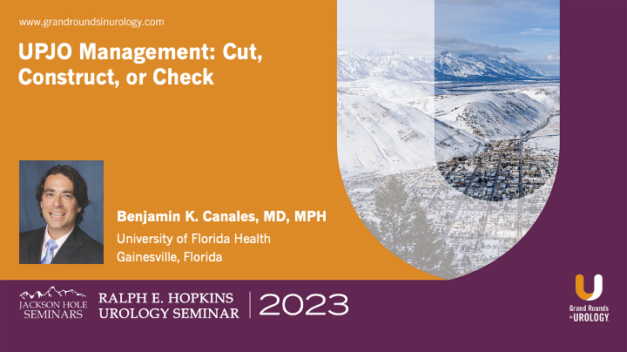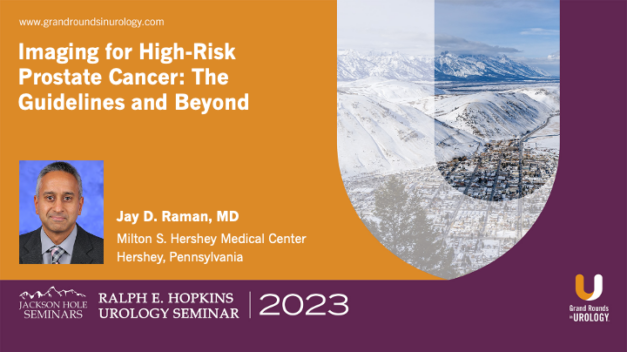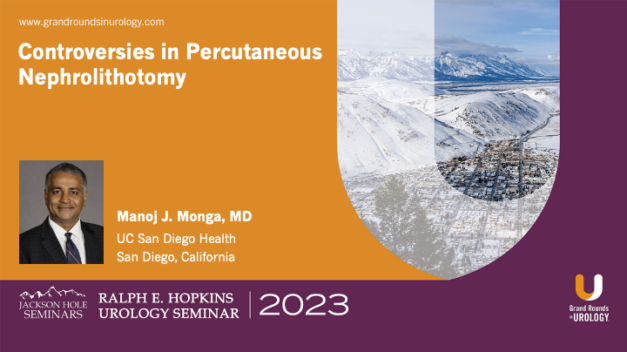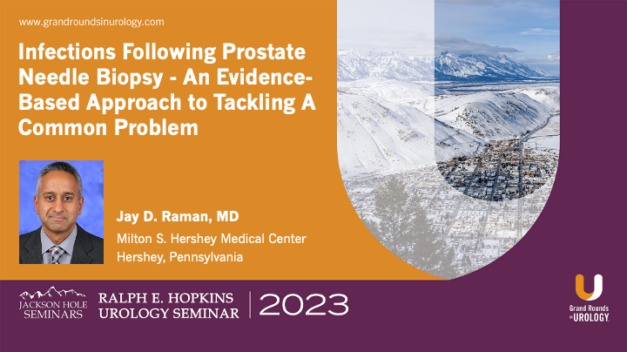Diversity in Academic Urology: Where We Stand and Next Steps
O. Lenaine Westney, MD, analyzes demographic data within academic urology, noting the underrepresentation of certain groups, particularly women and minorities, in faculty and leadership positions. She emphasizes the importance of diversity for fostering innovation, improving patient care, and enriching the educational environment.
Dr. Westney highlights successful initiatives and programs that have been implemented to promote diversity within the field. She discusses the impact of targeted recruitment efforts, diversity training, and mentorship programs designed to support underrepresented groups.
The presentation also addresses the role of institutional policies and leadership commitment in driving change. Dr. Westney advocates for the establishment of clear diversity goals, accountability measures, and dedicated resources to support diversity and inclusion efforts. She underscores the importance of creating a supportive and inclusive culture that values diverse perspectives and experiences.





